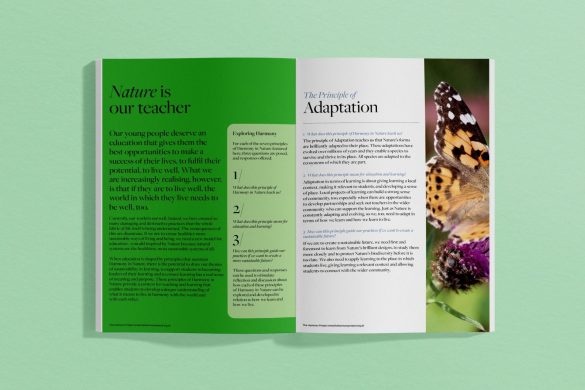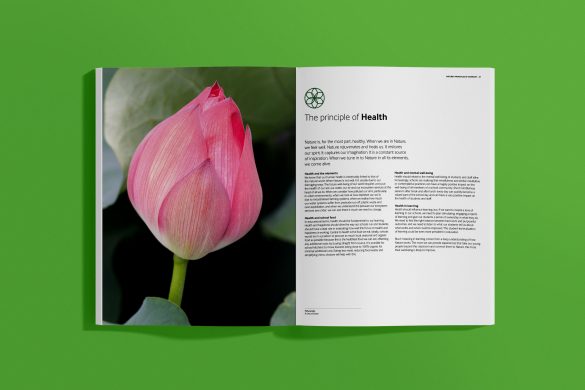What can we learn from the principle of Diversity?

When diversity is at the heart of what – and how – we teach, students are empowered to take ownership of their learning
When we observe the natural world, we can see that its richness lies in its diversity. Think of the many butterfly species in a rainforest or the huge variety of fish found on a coral reef or the different flowers in a wildflower meadow. Nature teems with diversity and this diversity is hugely beneficial. It ensures the natural world is resilient as natural systems are not dependent on one particular species for their health and survival.
Diversity in Nature takes myriad forms whose unique features we can learn from. Be it in human form, in the different varieties of a particular species of plant or animal or in the food that we grow and eat, diversity enriches our lives. It is something not just to value, but to promote and celebrate.

How can we nurture greater diversity of learning outcomes?
We often create a monoculture of learning in our schools, with young people all doing the same thing. Diversity is about providing opportunities for students to apply their learning in different ways, so producing a range of outcomes. It is about tapping into their interests and passions and giving them greater ownership of the work they do. It may be that they are able to choose the particular focus for a research project. They may decide on who they want to write about when composing a biography. They may undertake an open-ended investigation and see where it leads them, rather than always being told what to do.
The subject-based skills and knowledge can still be secured, but this is done in a way that is much more engaging. It is a significant factor in students’ motivation to learn when they are able to respond in their own way.
How can the content of learning promote a greater understanding of the importance of diversity in Nature?
In terms of what students learn, the focus is on helping them to realise that the world has the most incredible diversity. In learning about this diversity, they understand how important it is to appreciate and preserve it.
There are many ways in which we can highlight this diversity, from recognising the uniqueness of each member of a class, to celebrating the extraordinary biodiversity of the rainforest, to learning the different species of trees in a local woodland or even the different types of bees in a bee colony. Where there is space to grow food in school grounds, there is the opportunity for students to learn that there are different species of the same fruit or vegetable, be it an apple, a pear, a carrot or a potato. They can become experts in this expression of diversity.
The more our young people understand that diversity is a strength, the better it is for the health of our communities and the ecosystems upon which we depend.
Themes for enquiries of learning linked to the principle of Diversity could include:
- Diversity in people
- Diversity in plants (wildflowers, trees)
- Diversity within a species of animal (butterflies)
- Diversity in the food we grow and eat
- Biodiversity in a habitat (rainforest)
- The diversity of dinosaurs
Find out more about how this principle of Harmony can inspire ideas for enquiry-based teaching and learning and inform medium-term planning.



